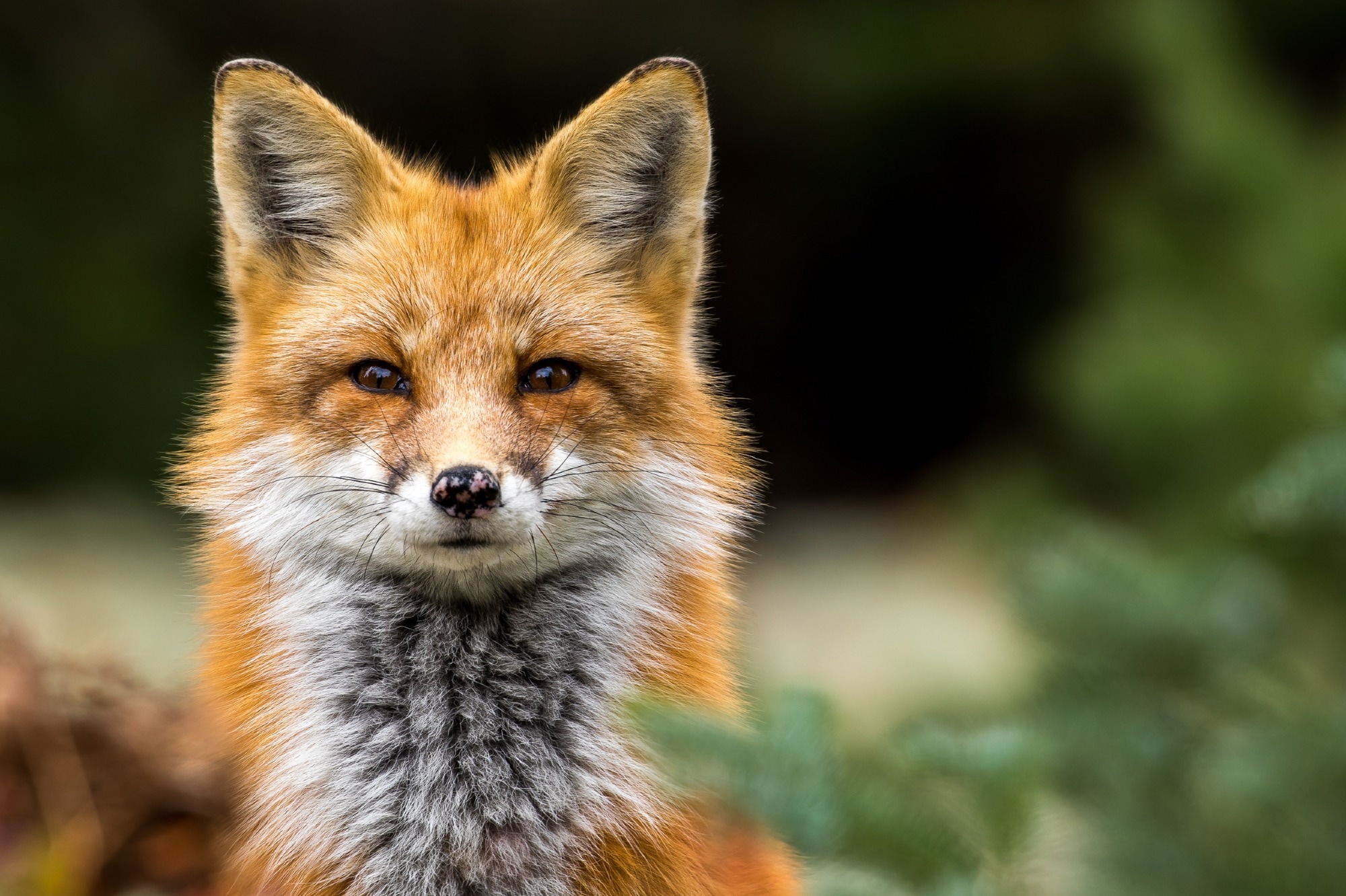In a recent study published in the CDC’s Emerging Infectious Diseases journal, researchers characterized the pathophysiology of infection by the highly pathogenic avian influenza (HPAI) A (H5N1) viral organism belonging to the Eurasian lineage and 2.3.4.4b clade in non-domesticated terrestrial animals across the United States (US) between 1 April and 21 July 2022.
HPAI A (H5N1) has spread over Europe and the US from October 2021 onward. The virus, comparable to those found in Eurasian strains, was identified in the US in December of 2021 and spread to domesticated animals and non-domestic birds. The virus continues to be active in non-domesticated bird reservoirs, and incidences of spillover and clinical disease in numerous animal species occur in European nations in 2021.
 Study: Highly Pathogenic Avian Influenza A(H5N1) Virus Clade 2.3.4.4b Infections in Wild Terrestrial Mammals, United States, 2022. Image Credit: RT Images / Shutterstock
Study: Highly Pathogenic Avian Influenza A(H5N1) Virus Clade 2.3.4.4b Infections in Wild Terrestrial Mammals, United States, 2022. Image Credit: RT Images / Shutterstock
About the study
In the present study, researchers presented a series of cases to highlight the pathophysiology of spontaneous HPAI H5N1 infections among terrestrial wild animals in the US, which coincided with elevated levels of highly pathogenic avian influenza viruses in circulation among non-domesticated avian species during summer and spring of 2022.
The cases included opportunistic specimens from unwell or dead wild animals sent to state-level wildlife authorities or veterinary laboratories for diagnosis. Wildlife and veterinary professionals, citizens, and rehabilitators reported clinical observations. All animals underwent post-mortem examinations conducted by pathologists or veterinarians, except two red foxes, which only provided antemortem samples.

Gross photographs of postmortem lesions from red foxes naturally infected with highly pathogenic avian influenza virus, United States. A) Lungs have failed to collapse and are diffusely edematous and mottled pink to dark red. B) Cross section of the left ventricle of the heart showing a focal region of myocardial pallor in the papillary muscle (arrows). C) Stomach contents with feathers.
Post-mortem specimens included swabs in viral transfer mediums, frozen or refrigerated tissue samples, and tissues preserved in 10% formalin. In addition to total nucleic acid extraction and ribonucleic acid (RNA) separation, the researchers used reverse transcription-polymerase chain reaction (RT-PCR) to target the conserved site of the influenza A virus (IAV) matrix genes. The team performed two tests for influenza A virus H5 subtyping: IAV and H5 subtype hemagglutinin gene targeted-RT-PCR and the H5 subtype clade 2.3.4.4b-targeted RT-PCR for the North American, Eurasian, and Mexican lineages of the virus.
H5 2.3.4.4 clade pathotyping assays and neuraminidase 1 (N1)-targeted assays for swift pathotyping and N1 subtyping were performed to evaluate IAV-positive samples. The team built phylogenetic interpretation trees and single-nucleotide polymorphism (SNP) tables using a reference including six segments from the H5N1 clade 2.3.4.4b virus and two from non-domesticated avian viruses from the northern regions of America. Veterinary pathologists across institutes processed formalin-fixed specimens for histopathologic examination. In addition, a monoclonal immunohistochemistry (IHC) examination for influenza A and canine distemper virus (CDV) antigen was performed.
Results
HPAI was identified in 67 non-domesticated animals across 10 US states between April and July 2022, including 50 red-colored foxes, six striped skunks, four raccoons, two bobcats, two Virginia opossums, one coyote, one fisher, and one gray fox. The most prevalent pathologies in infected animals were necrotizing meningoencephalitis, interstitial pneumonia, and cardiac necrosis. The examination of sequences from 48 animals reveals that these instances are the result of wild bird illnesses.
The coyote, striped skunks, red foxes, opossums, and three (of four) raccoons were juvenile, whereas the bobcats, gray foxes, and fisher were adults. There were no sex preferences within the biological species. Skunks numbered 1-5 were part of two litters that camelid at rehabilitation centers, and wo opossums and 12 red foxes were strongly suspected or known of being littermates. A veterinarian or wildlife rehabilitator cared for 44 animals; nine animals were dead, and 13 were euthanized in the field. Lethargy, fever, diarrhea, unconsciousness, recumbence, paralysis, and vomiting occurred less often.
Dyspnea occurred in two skunks, a red fox and a bobcat. A gross post-mortem examination of 58 animals indicated that most had fair or good nutrition. Lung abnormalities were consistent, with hemorrhage and congestion being the most prevalent brain lesions. Others included pallor, congestion, hypertrophy, liver hemorrhage, and renal congestion with cortical hemorrhage. The team infrequently observed pericardial effusion, pallor, and petechia in the myocardial tissues.
Nematodes were prevalent in gastrointestinal tissues, while other uncommon abnormalities included congestion, bleeding, and loose stools. The histopathological examination of 55 animals showed that the frontal lobe was the most consistently afflicted brain site. Immunohistochemical screening for avian influenza antigen on several organs among 29 animals identified nine distinct H5N1 genotypes based on the unique combinations of Eurasian and North American gene segments. The non-reassorted virus from an Alaskan red fox constituted a separate introduction of H5N1 2.3.4.4b into the Americas based on phylogenetic research and sequence similarity to Asian-origin H5N1 viruses across all eight segments.
Based on the case series, the HPAI virus, a kind of Eurasian lineage H5 clade 2.3.4.4b, has been discovered in wild terrestrial animals in the United States, expanding the range of species vulnerable to the virus globally. Multiple North American animals are vulnerable to HPAI H5N1 virus infection via infected wild bird consumption. The predominant clinical presentation is neurologic symptoms, and HPAI virus infection should be considered a differential diagnosis with other prevalent causes of neurologic illness in wild animals.









